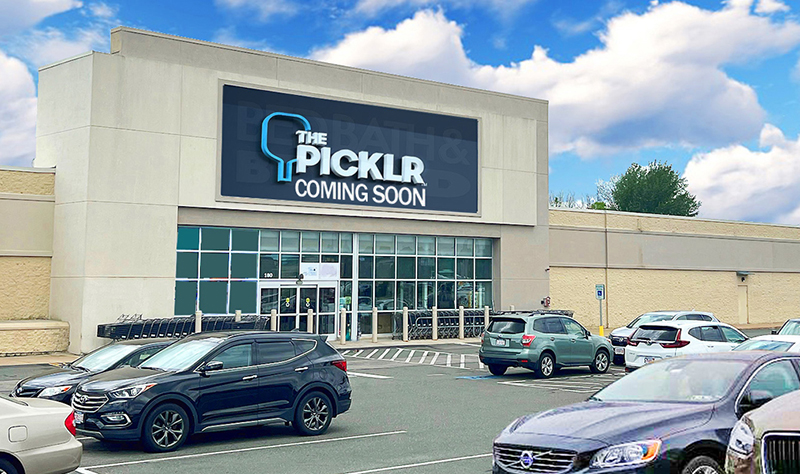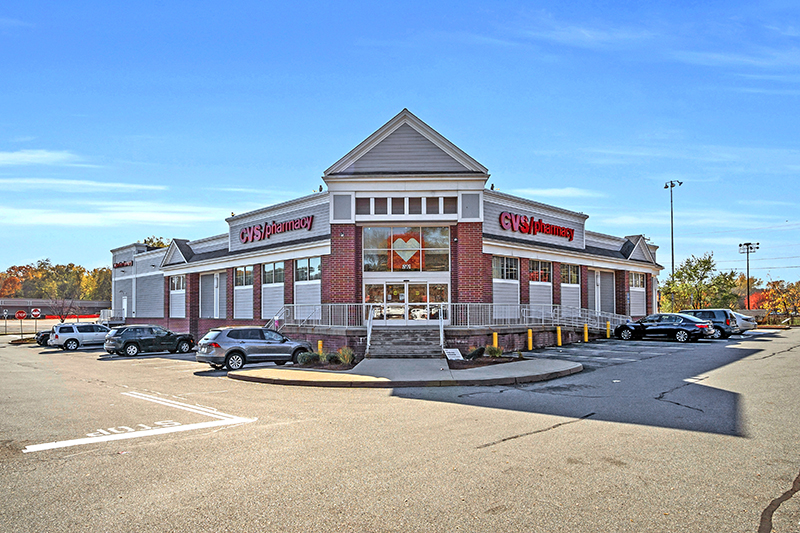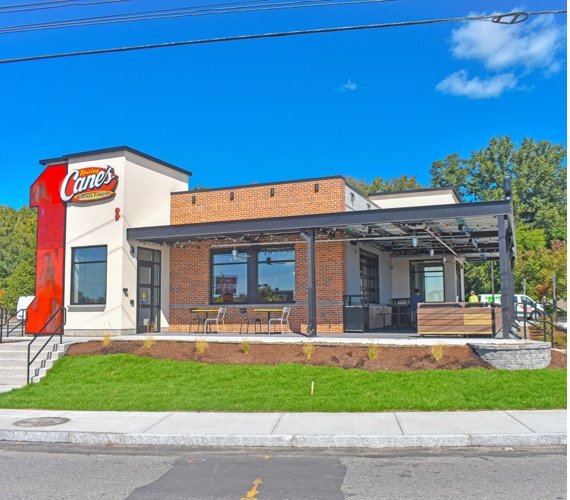CMBS defeasance activity ramps up - volume soars 30% - by Mike Schoenstein
As we approach the end of 2015, we are still experiencing both low interest rates as well as low cap-rates, which continue to create both sale and financing activity. With plenty of capital in the market from lenders, these trends are generating a large number of defeasance transactions as conduit borrowers take advantage of the opportunity to refinance or sell prior to the maturity date of the loan.
Defeasance comes into play when a borrower wishes to pay off a conduit loan prior to its maturity date. In these cases the borrower must provide the original lender substitute collateral (almost always in the form of U.S. Treasuries). The new collateral must produce an income stream sufficient to pay all the remaining loan payments and pay off the balance in full at the maturity date. The cost of completing a defeasance transaction depends on a number of factors, including the number of months left on the loan term at the time of prepayment, the current U.S. Treasury yield on securities sufficient to meet that goal. In addition, there are various third parties involved, all of whom play different roles in the entire process. The collective costs of the treasuries and third party expenses determine the total cost. The defeasance transaction then releases the property as collateral, allowing either a sale or new loan be put in place.
According to Bloomberg, approximately 1,188 conduit loans totaling $16 billion were defeased to date in 2015, which almost matches 2014’s defeasance numbers of 1,200 loans totaling $18 billion, with the fourth quarter remaining. Of that, 306 loans totaling $2.5 billion were retail property types. Northeast states generated 79 of the retail defeasance transactions representing 26% of the retail volume. The data also reveals the average defeased retail loan in the northeast was $9.7 million, with a 5.4% loan rate, and 18 months remaining on the loan. The northeast states with the most retail defeasance activity were Pennsylvania, New York, and Maryland respectively. The largest northeast retail loan to be defeased was a $97.3 million loan on Waterfront Port Chester in N.Y. that had a 5.46% interest rate with 4 months remaining on the loan.
A large percentage of the 2015 defeasance transactions to date were driven by property sales, however, many borrowers did the math and determined the cost to defease was overshadowed by the savings from refinancing at a lower rate and eliminating interest rate risk for another 10-year term.
According to Bloomberg, there are over 13,000 conduit loans maturing over the next couple of years, which represents a substantial increase compared to the prior 2 or 3 years. Using the same information, we can project out that the number of conduit loans maturing over the next 3 to 5 years will be substantially lower, reflecting the reduced volume of new loans put into place during the economic downturn.
With oil prices falling dramatically the past several months, U.S. Treasury rates have fallen on the short end (1 to 3 months) at times hovering close to zero, while the 10-year rate continues to stay close to 2%. It is reasonable to anticipate this factor may compel borrowers to pay off existing loans that are due to mature in the next couple of years in order to take advantage of the current low interest rates available in the marketplace today. The oil price drop has significantly hurt the Russian economy, and appears to be having somewhat of a ripple effect throughout Europe. It is possible that the economic health of European countries may cause a chilling of the U.S. economy as well. It is safe to say that there is a great deal unknown as we enter the new year. It was only about 10 years ago that the United States moved to help prop up certain Asian economies, and the Treasury rates fell as well. It appears that the U.S. economy has continued a return to health over the last few years, and it will be interesting to see whether this trend continues during 2016 and beyond. In the meantime, it would certainly seem that low interest rates will produce a large amount of economic activity in the commercial real estate market, at least through the first half of next year. Regardless of what interest rates do over this period, it will be a busy time for commercial real estate professionals as owners decide whether to refinance or sell ahead of their pending loan maturities.
Mike Schoenstein is the president of Waterstone Defeasance, LLC, based in Charlotte, N.C.
Mace of KeyPoint Partners negotiates 36,192 s/f lease for The Picklr at Endicott Square
Danvers, MA KeyPoint Partners (KPP) negotiated a lease with the nation’s premier indoor pickleball venue The Picklr at Endicott Sq. Vice president of retail brokerage Don Mace negotiated the transaction on behalf of the landlord.





.jpg)


.png)
